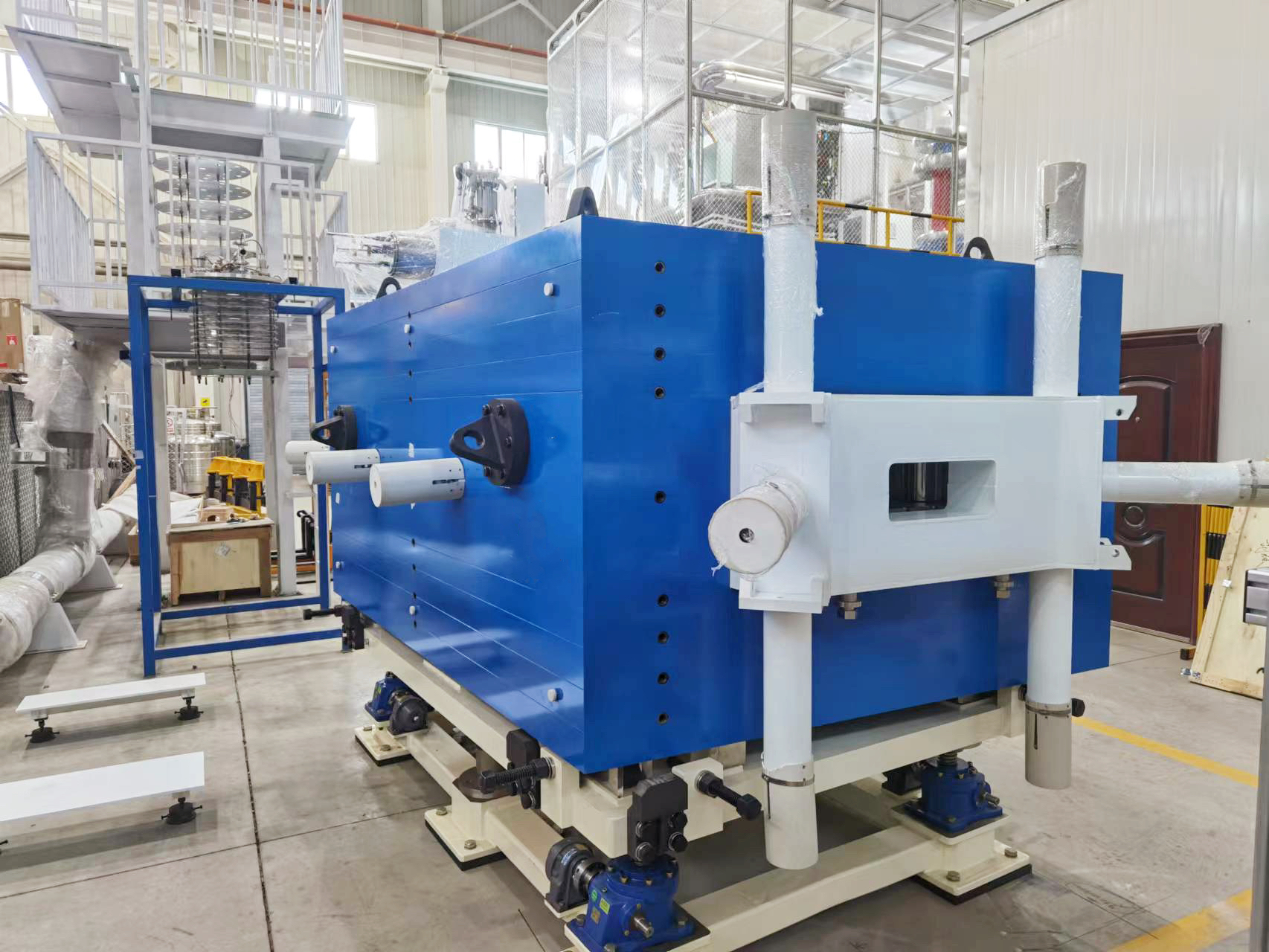Prototype Tests of Key Components for High Intensity Heavy-ion Accelerator Facility Completed
Lately, researchers at the Institute of Modern Physics (IMP) of the Chinese Academy of Sciences have successfully assembled and tested the prototypes of key components for the High Intensity heavy-ion Accelerator Facility (HIAF), one of China’s Major National Scientific and Technological Infrastructure.
These prototypes include the magnetic-alloy accelerating cavity, the superconducting magnet, the full-energy storage power supply and the extreme-high-vacuum thin-wall vacuum chamber. Meanwhile, fabrication of some other devices is nearly accomplished.
Proposed and constructed by IMP, HIAF is a multi-function accelerator for heavy-ion physics and applications. The project is located in Huizhou of Guangdong province, with a construction period of 7 years which has started on December 23, 2018.
"HIAF is designed to offer advanced experimental conditions for nuclear physics, astrophysics and applications, for example, identification of nuclides and mass measurement of short-lived nuclei.” said Prof. YANG Jiancheng, the chief engineer of the HIAF project. “It is aimed to deliver the world’s highest-intensity pulsed heavy-ion beams. Innovations on the accelerating cavity, magnet, power supply and vacuum chamber are important for this purpose.”
Over the last decade, the team has been focusing on overcoming technical challenges. They have successfully developed the oil-cooled magnetic-alloy cavity with low frequency, wide band and high accelerating gradient. The test of magnetic-alloy rings used for the cavity shows an excellent performance in low frequency range. IMP and manufacturers have already jointly built automatic production lines of magnetic-alloy rings with independent intellectual property rights.
Besides, the subsystems as superconducting magnets and normal magnets are also making progress continuously.
"Those improvements ensure the HIAF project goes smoothly,” Added YANG. It is expected that the first accelerator component will be installed in 2023, and the commissioning of HIAF will be started in 2025.

Figure 1. The oil-cooled magnetic-alloy cavity developed for HIAF. (Image by IMP)

Figure 2. The superconducting magnet developed for HIAF. (Image by IMP)
Contact :
LIU Fang
Institute of Modern Physics
Email: fangliu@impcas.ac.cn
Contact Information
Institute of Modern Physics
Email: fangliu@impcas.ac.cn
Reference
The half-aperture CCT (Canted-Cosine-Theta) superconducting Quadrupole-Sextupole-Combined-Function magnet prototype, which is independently developed by the High Intensity heavy-ion Accelerator Facility (HIAF) team, has completed its first time full-load current excitation test on December 25.


 甘公网安备 62010202000713号
甘公网安备 62010202000713号


